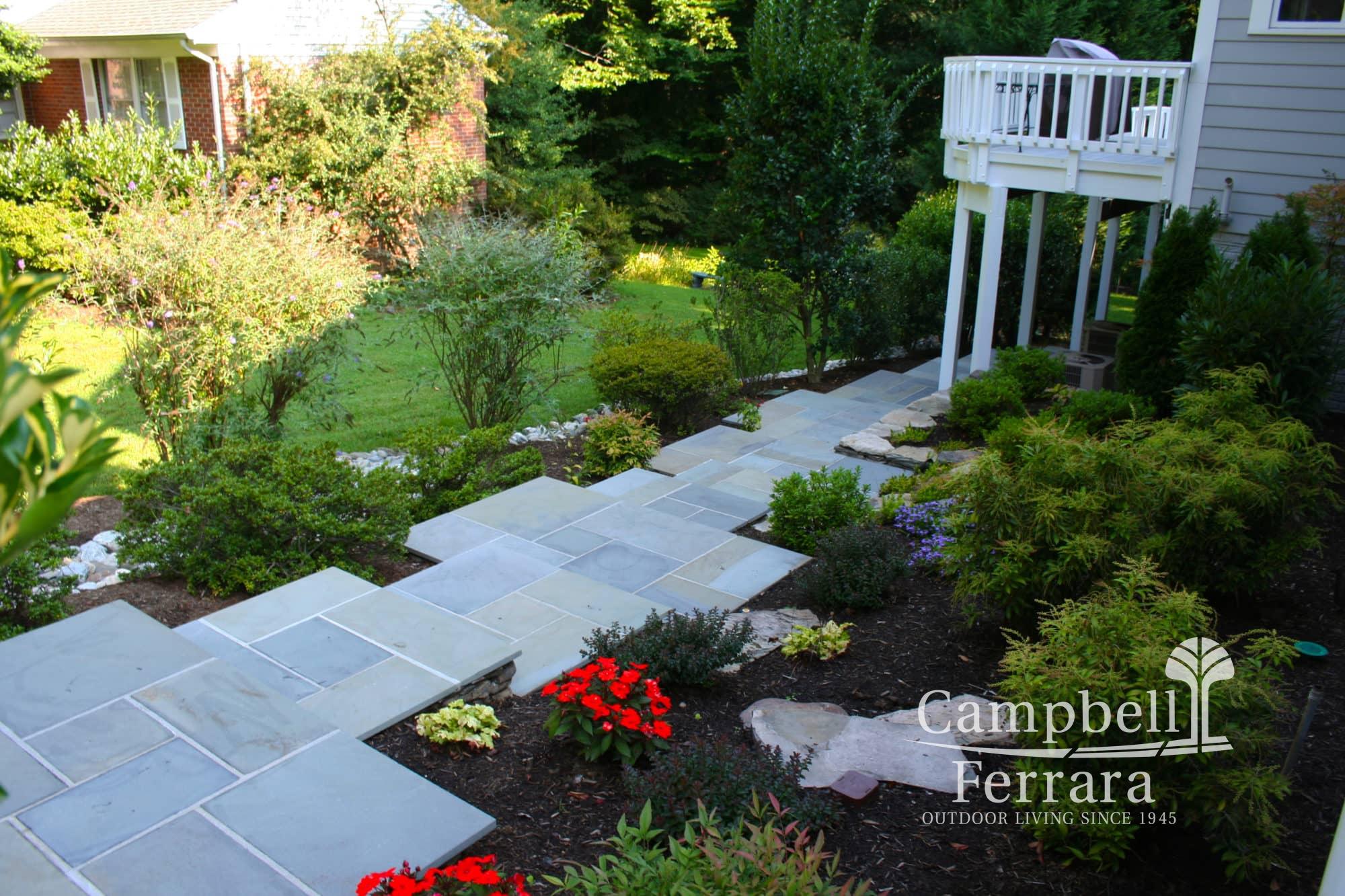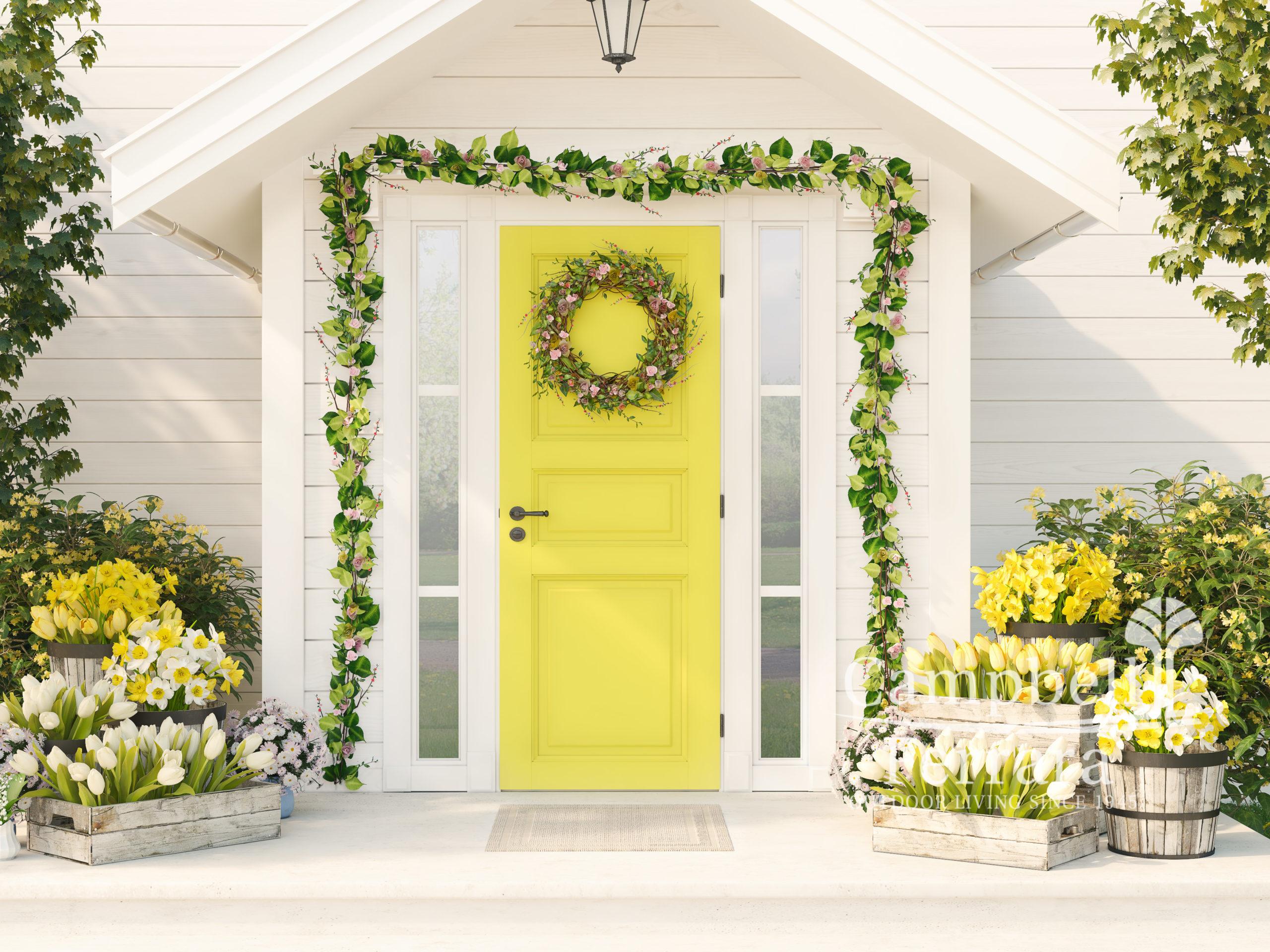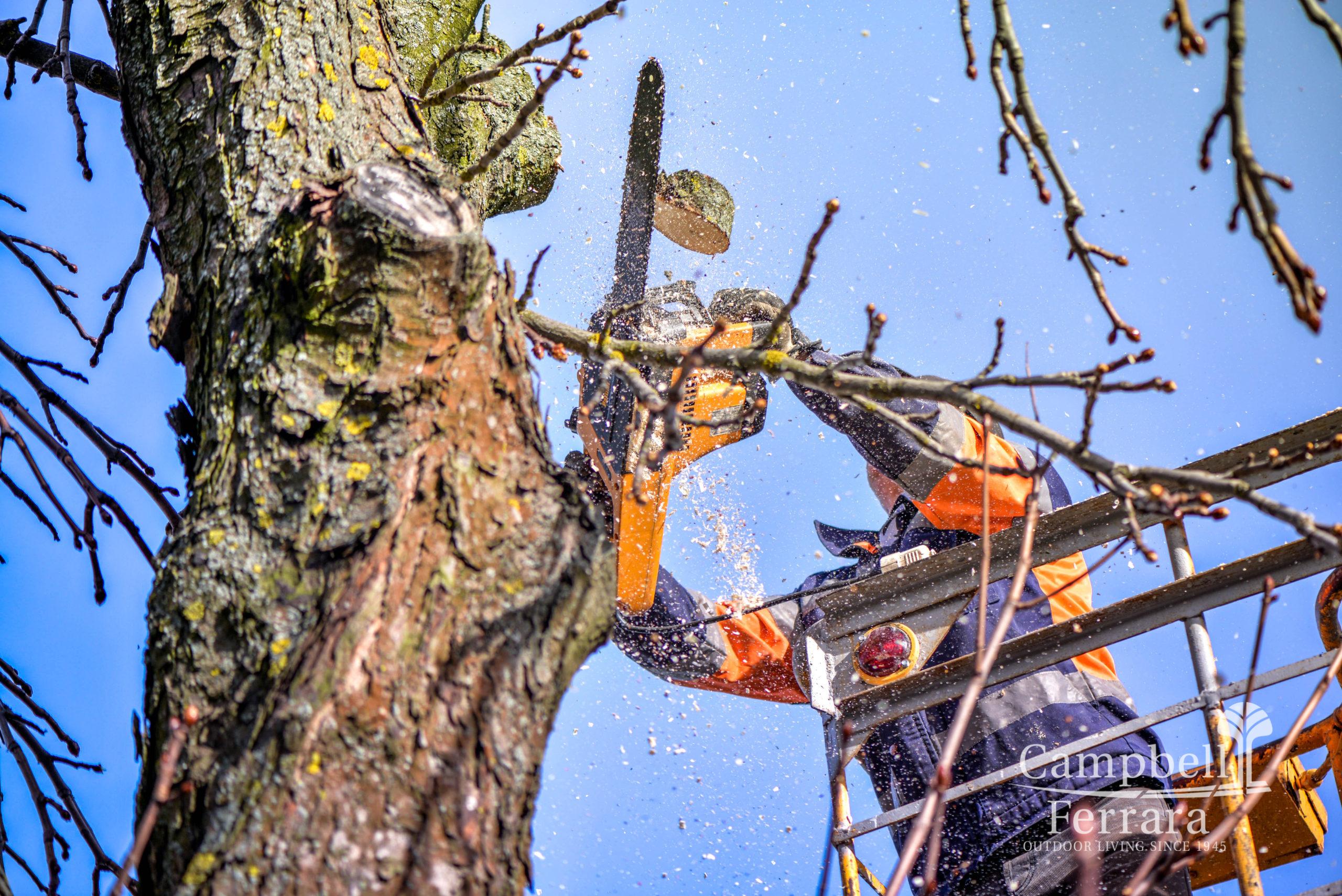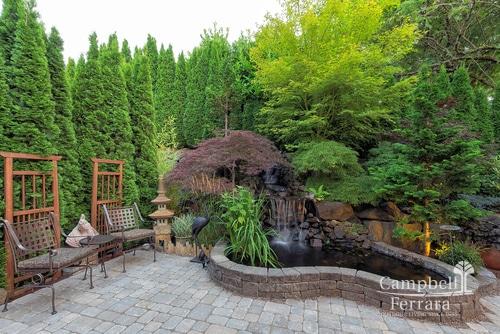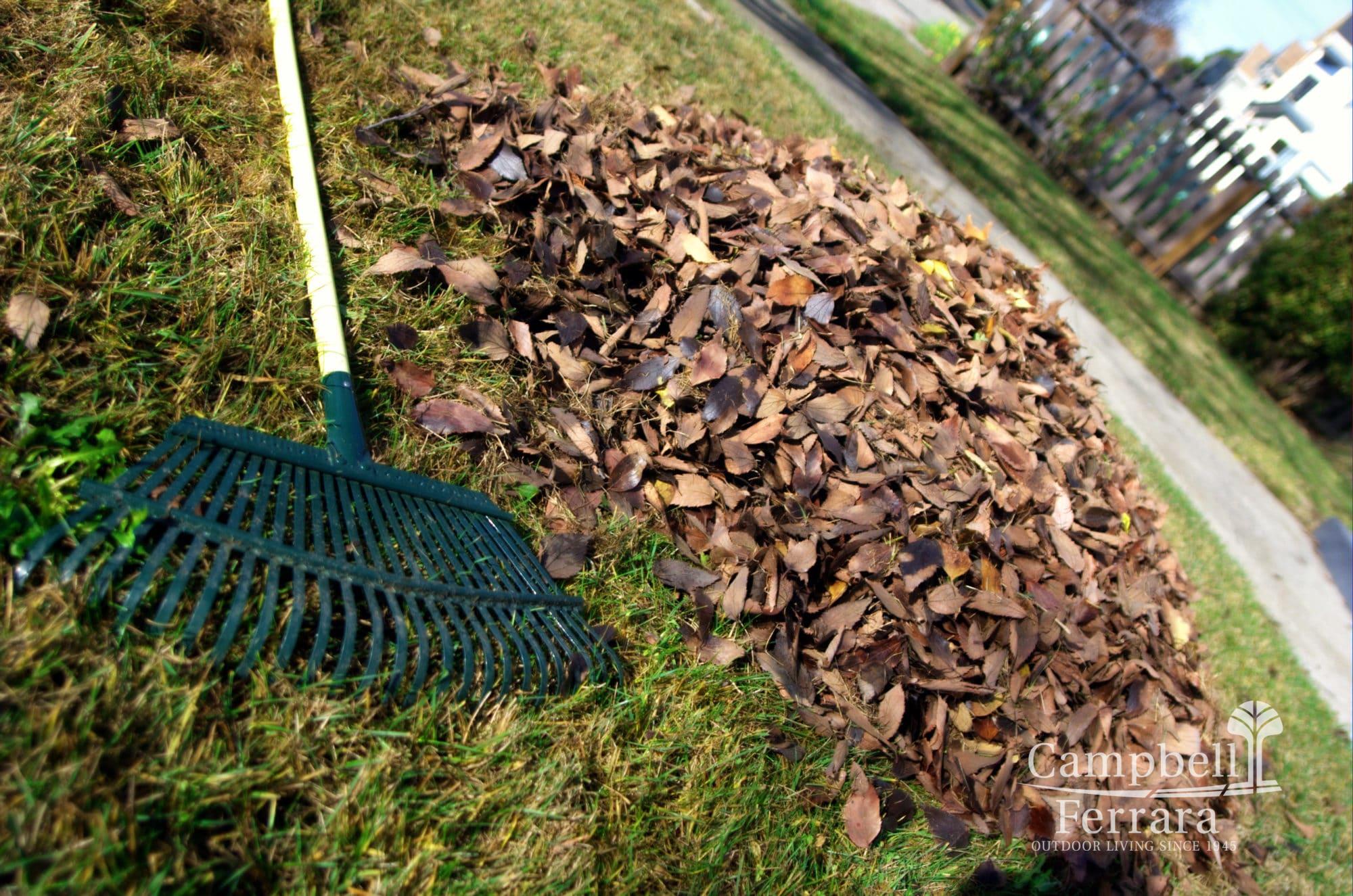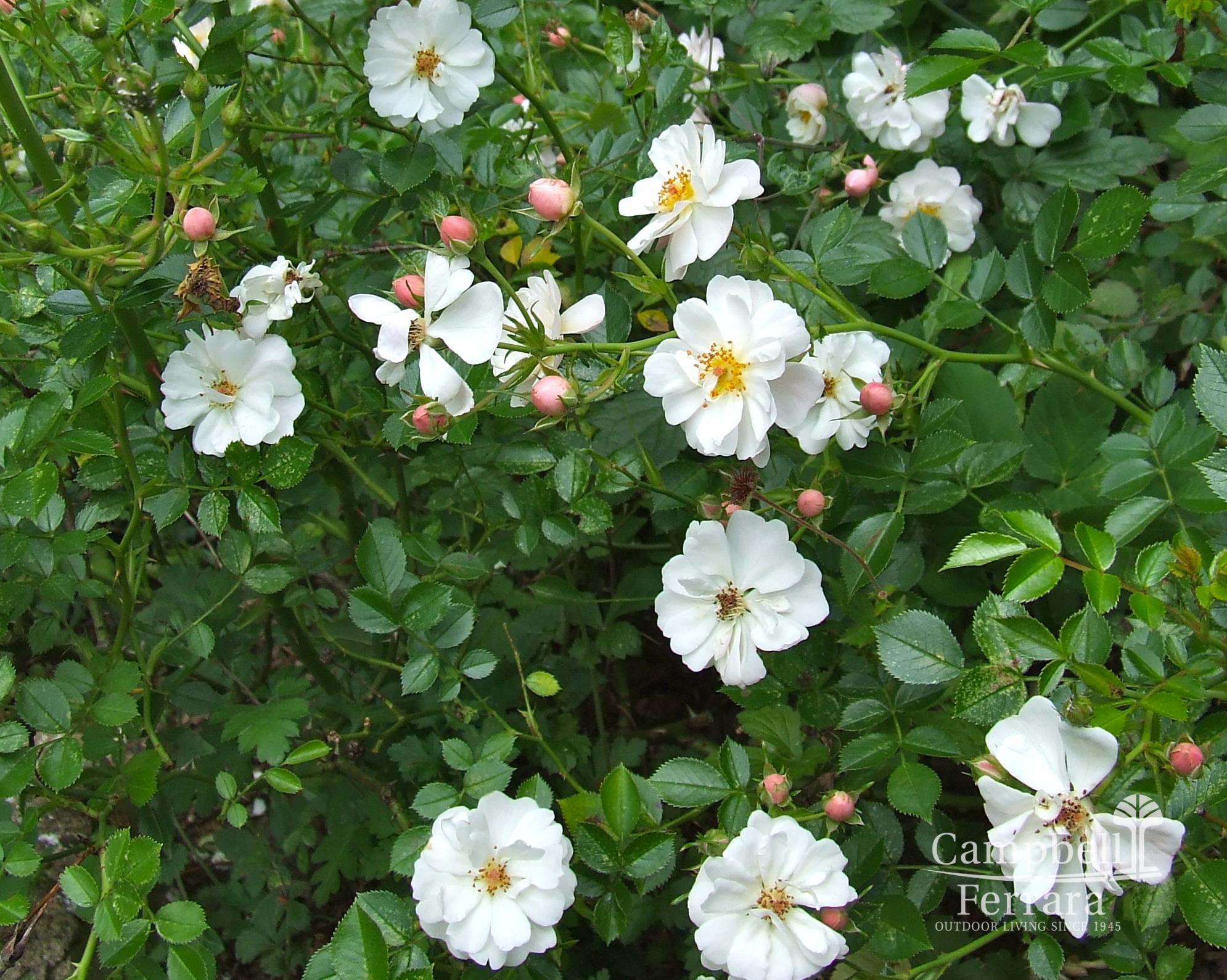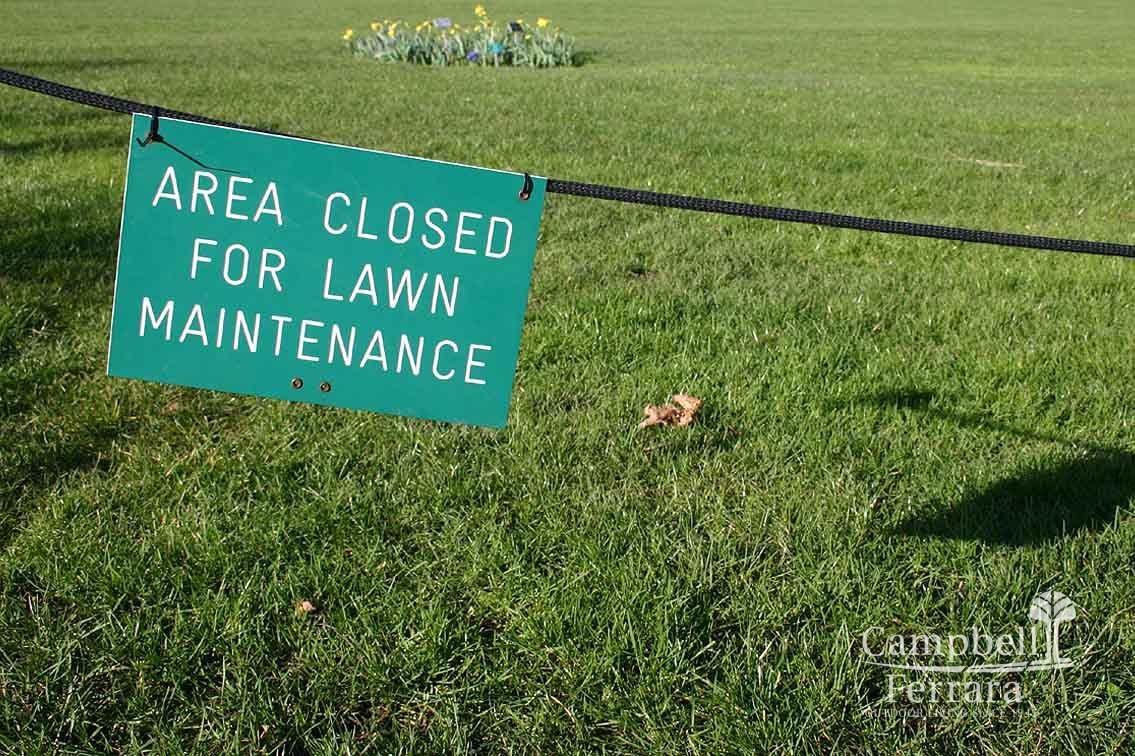Whether you’re looking to fill an open spot in your yard, would like to feature a unique plant or shrub, or have an entire lot to fill, there are a dizzying array of options from which to choose. Not all pretty plants are created equal. There are two important guidelines to follow that will give you the best results over the long haul: Use native plants and avoid invasive species.
While it may be tempting to order some spectacular specimens from a catalog or website, a local nursery or landscaping company is the best place to start. Why? A local company will know what works in your area. They will feature plants, trees, and shrubs that will thrive in your climate. A bougainvillea is stunning in southern gardens, but will shrivel up and die at the first mention of a freeze in Minnesota.

